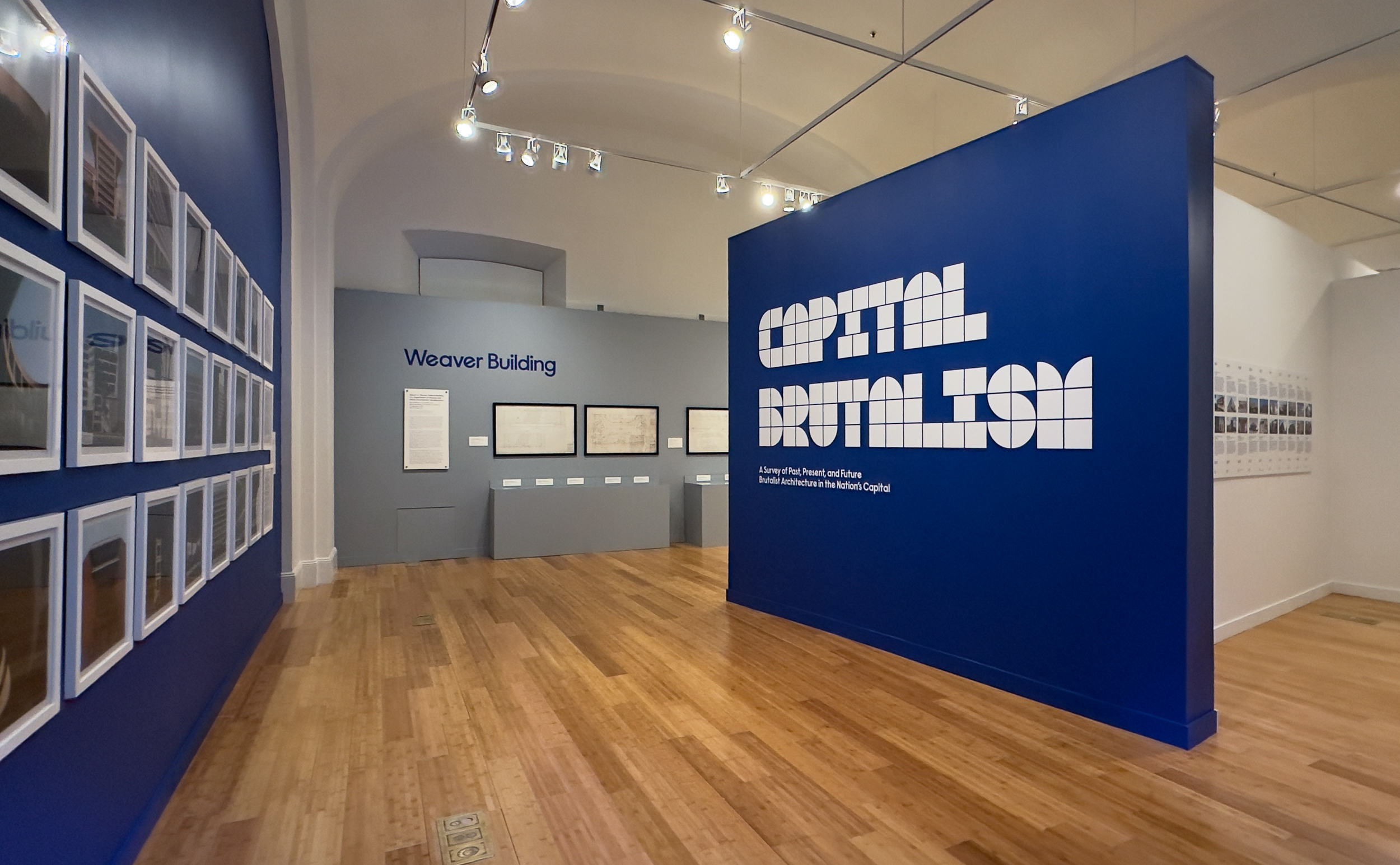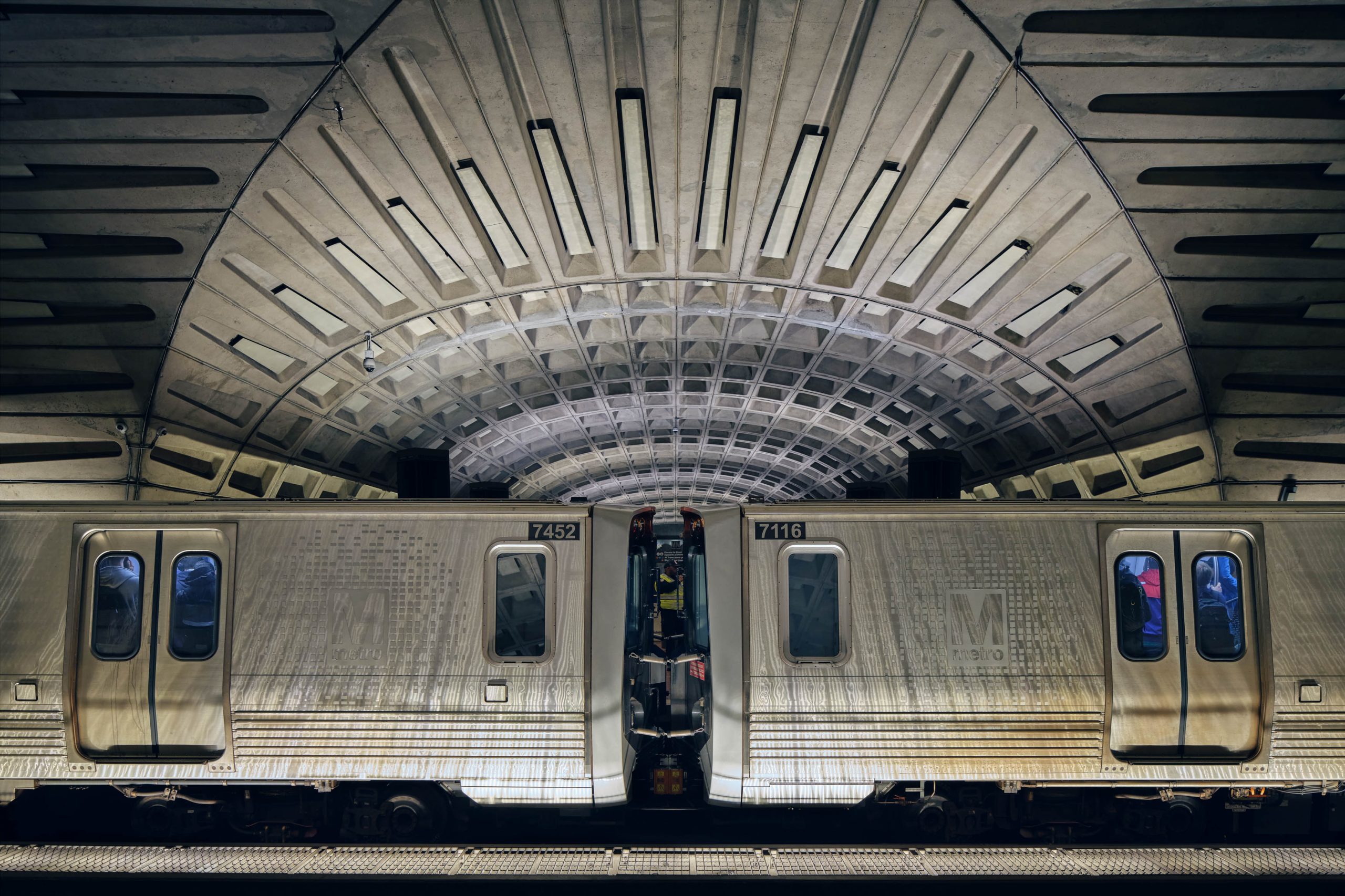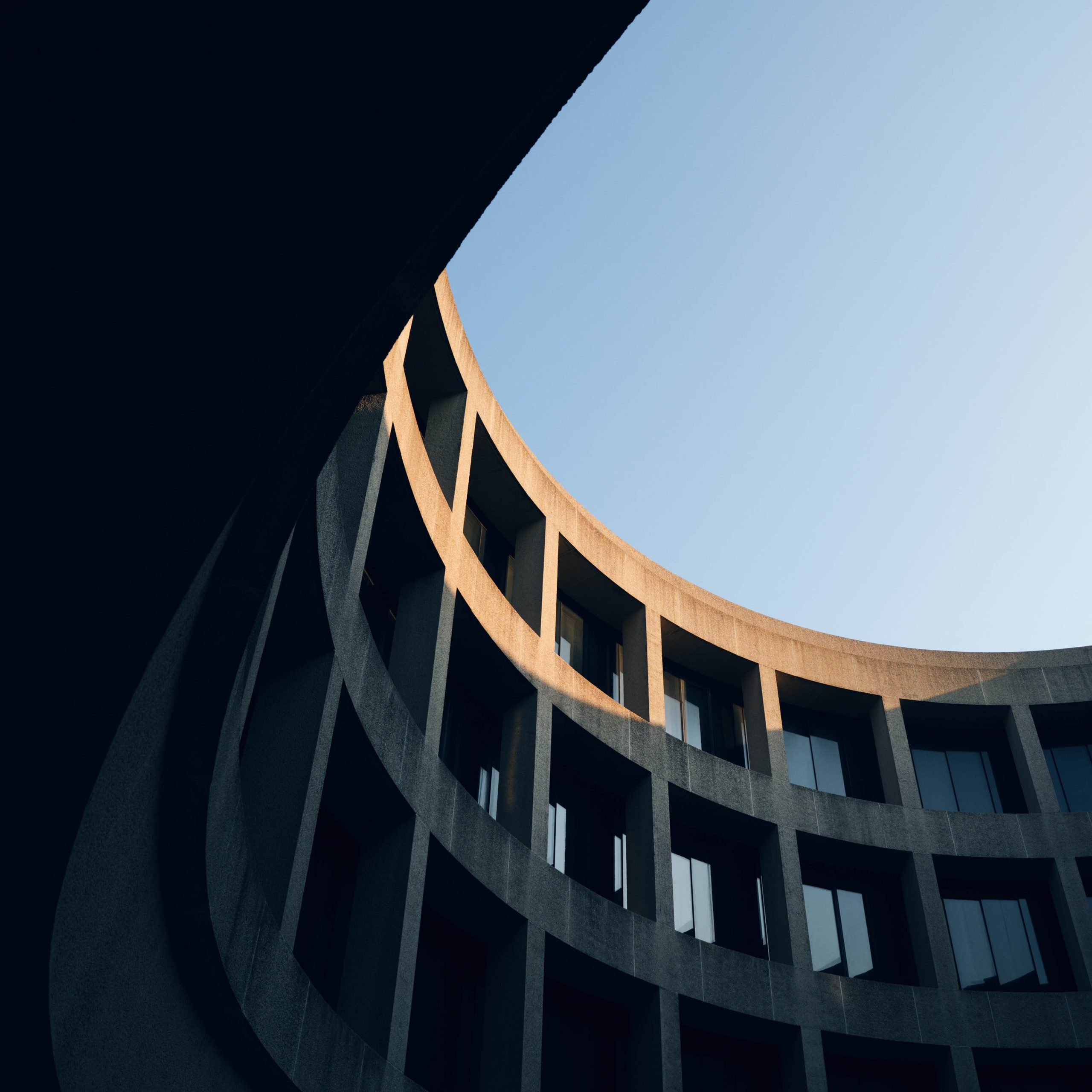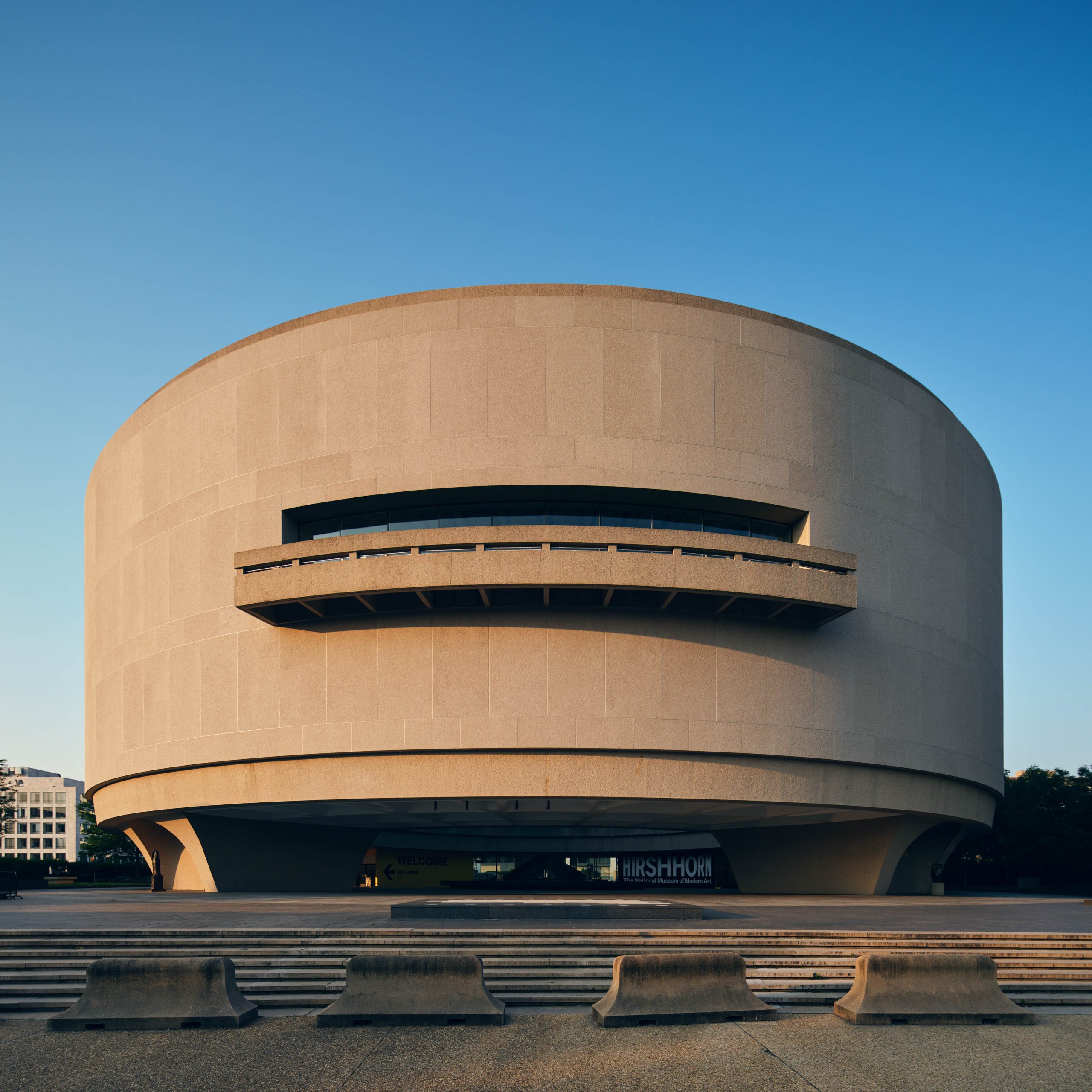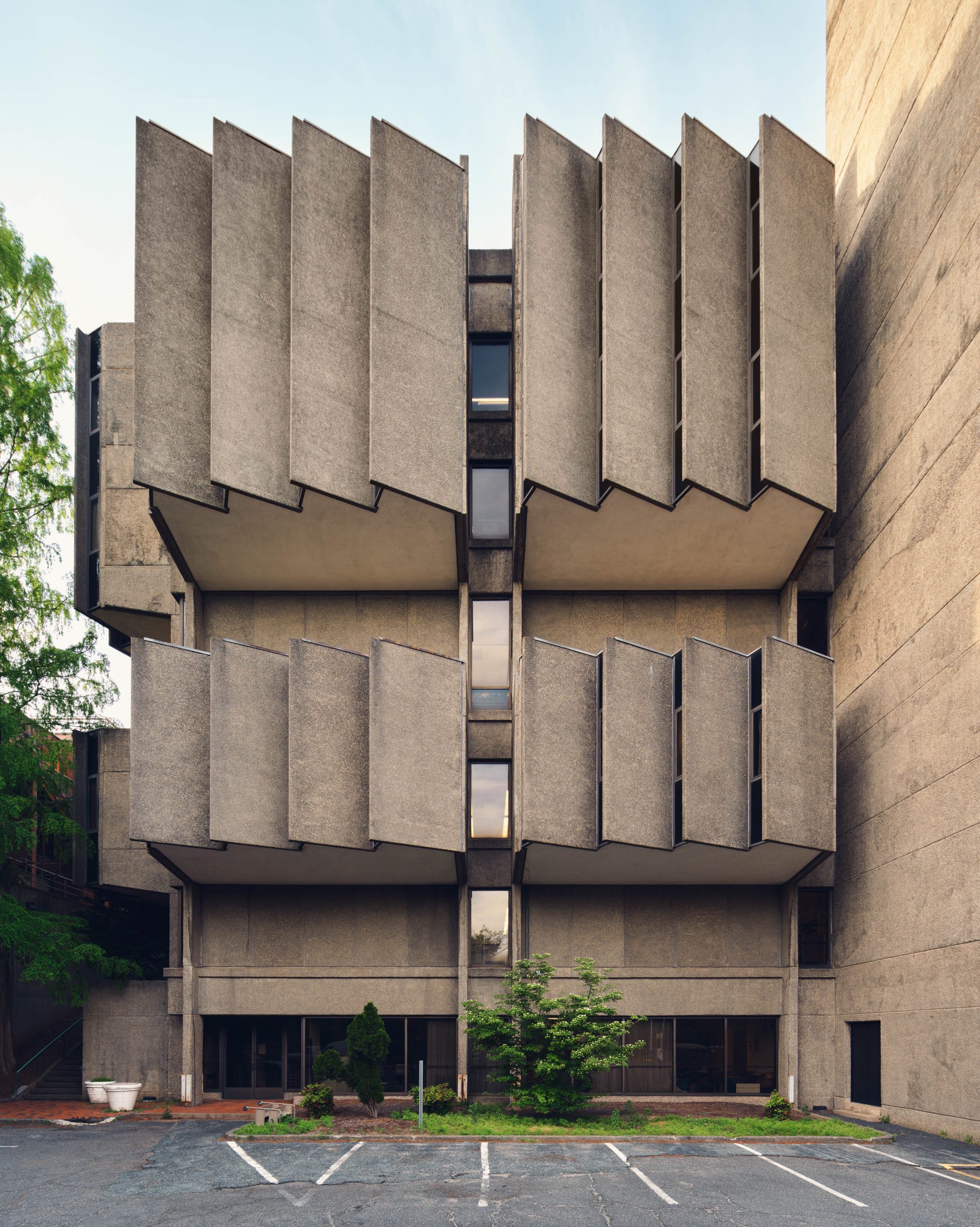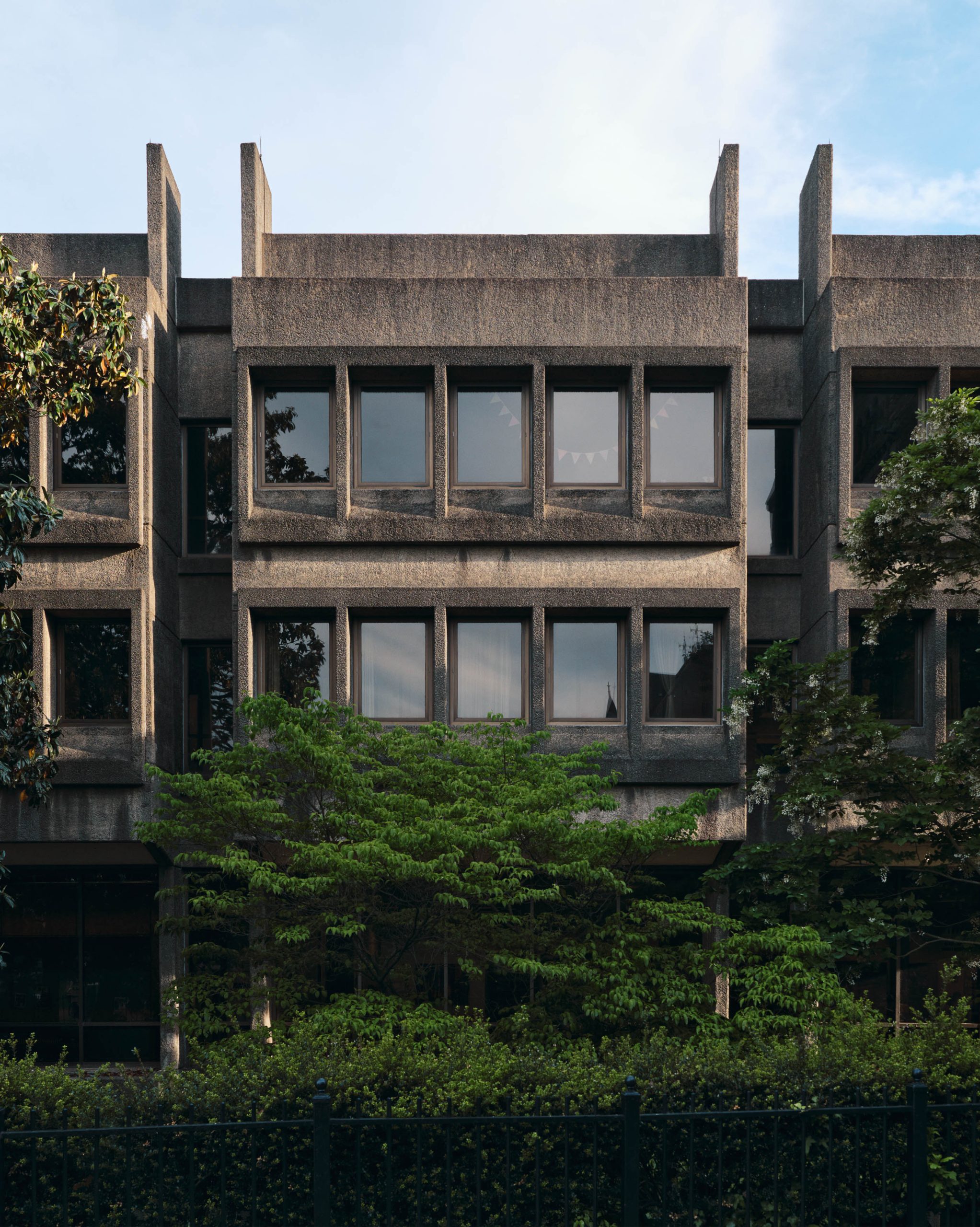The National Building Museum in Washington, D.C. has opened a new exhibit addressing seven of the Capital City’s Brutalist buildings.
Some people love them. Some people hate them. Others simply love to hate them.
But they’re innovative – if controversial – structures from the 1960s and ‘70s, when the federal government was expanding and consolidating its agencies.
Marcel Breuer designed two of the Brutalists in the exhibition, including The Weaver and Humphrey Buildings. Weaver is home to HUD and the first federal building designed with poured-in-place concrete with precast concrete windows. Humphrey houses the Department of Health, Education and Welfare.
Gordon Bunshaft designed the circular Hirshorn Museum on the National Mall. “He had originally proposed cladding it in limestone, but because of the Vietnam War era and restrictions on imports, he chose aggregates for a very different look and feel,” says curator Dr. Angela Person, associate professor of architecture at the University of Oklahoma.
The Forrestal Building was an extension of the Pentagon and later used to house the Department of Energy. It was designed by a trio of firms: Curtis and Davis, Frank Grad and sons and Fordyce and Handy Associates.
Almost all the structures, including the uber-Orwellian Hoover FBI headquarters, are built of concrete and glazing, with the exception of the Euram Building. “We included it because it used brick as well,” she says. “Hartman Cox did it in 1972 and they’re still doing work today.”
Photography for the show is by Ty Cole, who’s been shooting architecture for about 20 years now, including a great deal of work by Paul Rudolph in New Haven. For this exhibit, he focused mostly not on larger sections of the structures, but vignettes instead. “That’s how I view buildings, rather than as a whole,” he says.
Luckily for us, the exhibit includes Harry Weese’s D.C. Metro, with its coffered and vaulted ceilings inspired by Daniel Burnham’s Union Station. “From a building technology perspective it’s an iconic interpretation of what’s possible with cast concrete,” Person says.
Alas, there’s a downside to the construction of some D.C. Brutalist buildings – besides their design. As the museum notes in the exhibition, they may have been seen at the time as a cost-effective solution for public construction. But they also led to the displacement of thousands of residents and businesses, predominantly African American and immigrant families.
To urban planners of the day in Washington and elsewhere across the nation, it was a simple matter of following the “path of least resistance.”
But are they a symbol of improvement and advancement for the people of D.C. and the nation today?
That discussion is still up for grabs.
For more, go here.


